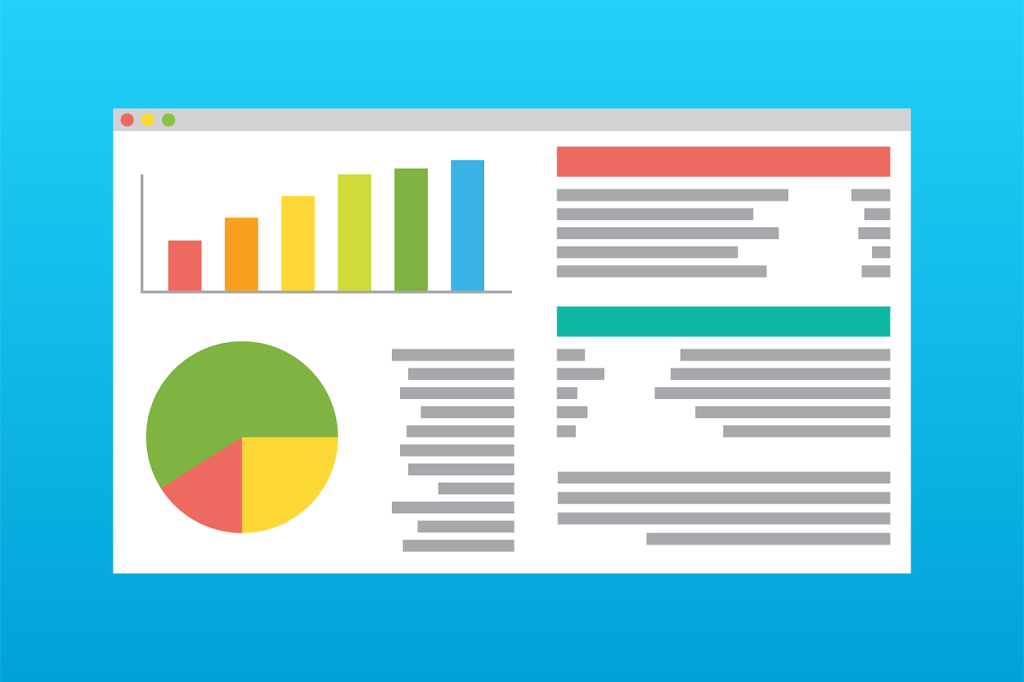Your cart is currently empty!
ChatGPT Prompt to Analyze Survey Data
Analyzing survey data is the key to transforming raw responses into valuable, actionable insights for your business, research, or project. Whether you’ve collected feedback through customer satisfaction surveys, employee engagement questionnaires, or market research forms, the real value lies in understanding and interpreting the results.
When you analyze survey data effectively, you can identify trends, measure performance, and uncover opportunities for improvement. From pinpointing customer pain points to tracking changes in sentiment over time, survey analysis helps you make informed, data-driven decisions that drive growth.
Steps to Analyze Survey Data Successfully
- Clean and organize responses – Remove incomplete or duplicate entries to ensure accuracy.
- Categorize data – Use segmentation (e.g., by age, location, or customer type) to discover patterns.
- Apply statistical methods – Measure averages, percentages, and correlations for deeper insights.
- Visualize results – Create charts, graphs, and dashboards to make findings easy to understand.
- Interpret and act – Translate data into clear recommendations and strategies.
Modern tools like Google Sheets, Excel, SPSS, and specialized survey platforms help automate data cleaning, visualization, and reporting. Advanced analytics can even apply AI-driven sentiment analysis to open-ended responses for richer insights.
By taking the time to analyze survey data thoroughly, you can improve customer satisfaction, increase employee engagement, refine your marketing strategies, and strengthen your overall decision-making process.

ChatGPT isn’t just a conversational AI—it’s a powerful tool that can streamline and enhance your survey data analysis process. Whether you’re dealing with numerical ratings, multiple-choice answers, or open-ended feedback, ChatGPT can help you turn raw responses into clear, actionable insights faster than ever.
Summarizing Large Volumes of Feedback
If your survey includes open-ended questions, reading through hundreds or thousands of responses can be overwhelming. ChatGPT can quickly summarize recurring themes, highlight frequently mentioned issues, and identify sentiment trends without losing nuance.
Identifying Trends and Patterns
By feeding ChatGPT categorized or tagged survey data, you can uncover correlations and patterns—such as how satisfaction levels vary by customer segment or location. This can guide targeted improvement strategies.
Performing Sentiment Analysis
ChatGPT can classify comments as positive, negative, or neutral, and even detect subtle emotional cues. This allows you to go beyond numeric ratings and understand the “why” behind customer sentiment.
Generating Data-Driven Recommendations
Once patterns and insights are identified, ChatGPT can help generate practical, data-backed recommendations. For example, if customers frequently mention slow response times, ChatGPT can suggest operational improvements or communication changes.
ChatGPT Prompt to Analyze Survey Data
I’m trying to consolidate survey results (satisfaction ratings, open-ended responses, and demographic info) gathered through different platforms. Some of the demographic questions were optional, so many users have partial responses. Some numeric ratings include typographical errors. I want you to consolidate and clean the data, correcting typos, and ensuring that the final dataset has no errors.
You can also use the search function to find the best prompts for ChatGPT.